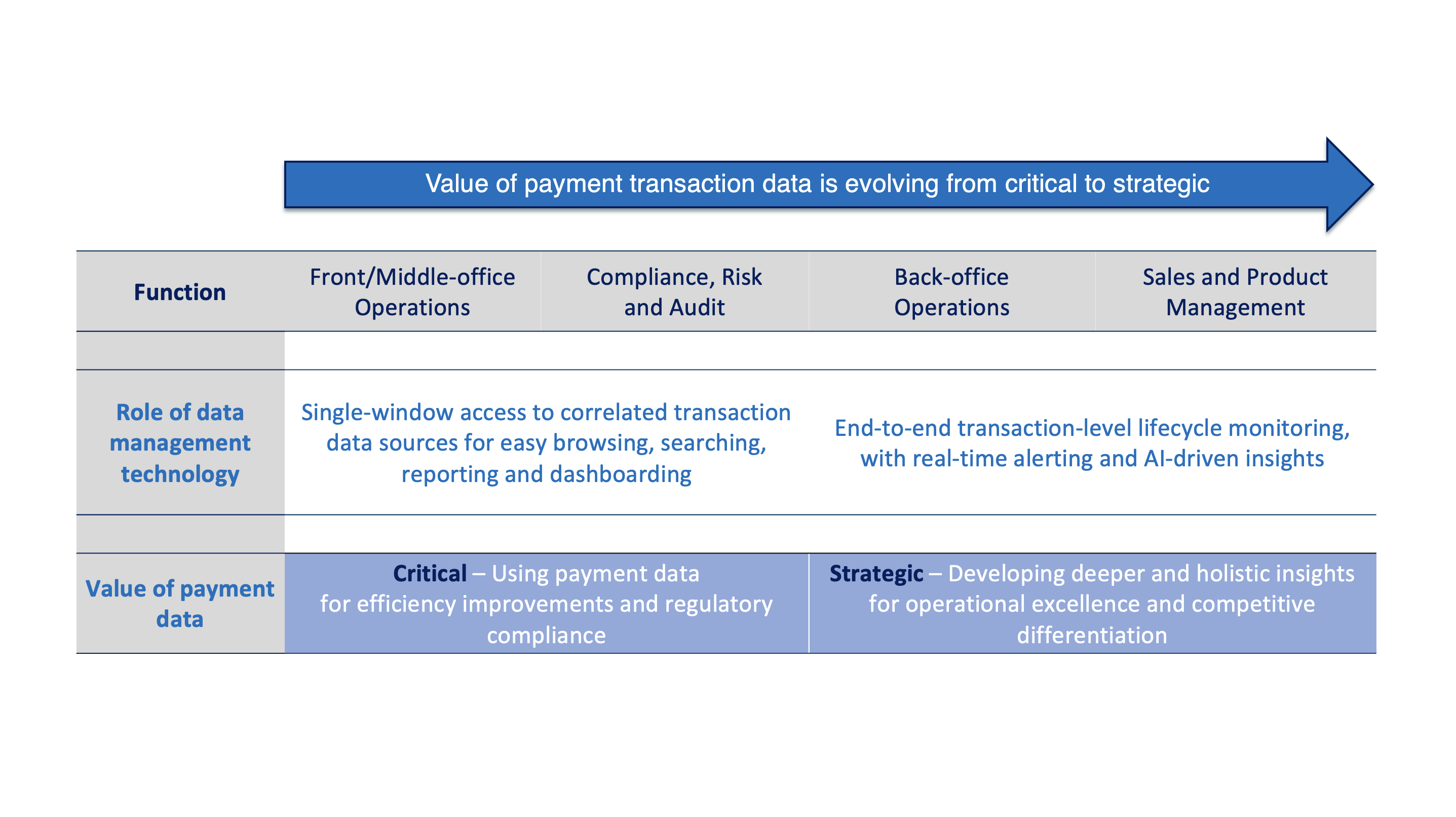Why specialisation is the key to successful transaction data management

In today’s highly regulated financial market, good transaction data management is paramount. This is true particularly when it comes to transaction reporting — an obligation on banks that emerged in the wake of the financial crisis, changing the way in which they record and relay information to regulators.
Fifteen years on from the global financial crisis, the transaction reporting burden is getting heavier.
Surging payment volumes are a big part of this, with financial institutions having to process tens-of-millions of transaction messages daily. This data is hoovered up and deposited into highly secure financial archives spread across several servers, each operating a unique format or standard.
Locked away in legacy systems, layer-upon-layer of messages accumulate over time, making it difficult for reporting teams to source specific information when authorities come calling. At the same time, global reporting regulations are getting tighter, as are the timeframes in which banks are required to respond.
All of this heightens the risk of falling short of regulators’ expectations — an expensive transgression for those found to be guilty. In 2019, Goldman Sachs received a record $45m fine from the UK markets watchdog for failing to provide accurate reporting of transactions over the preceding decade, while, for a similar offence, investment management giant UBS AG was ordered to pay almost $27.6m.
Discover the full bobsguide article here.




